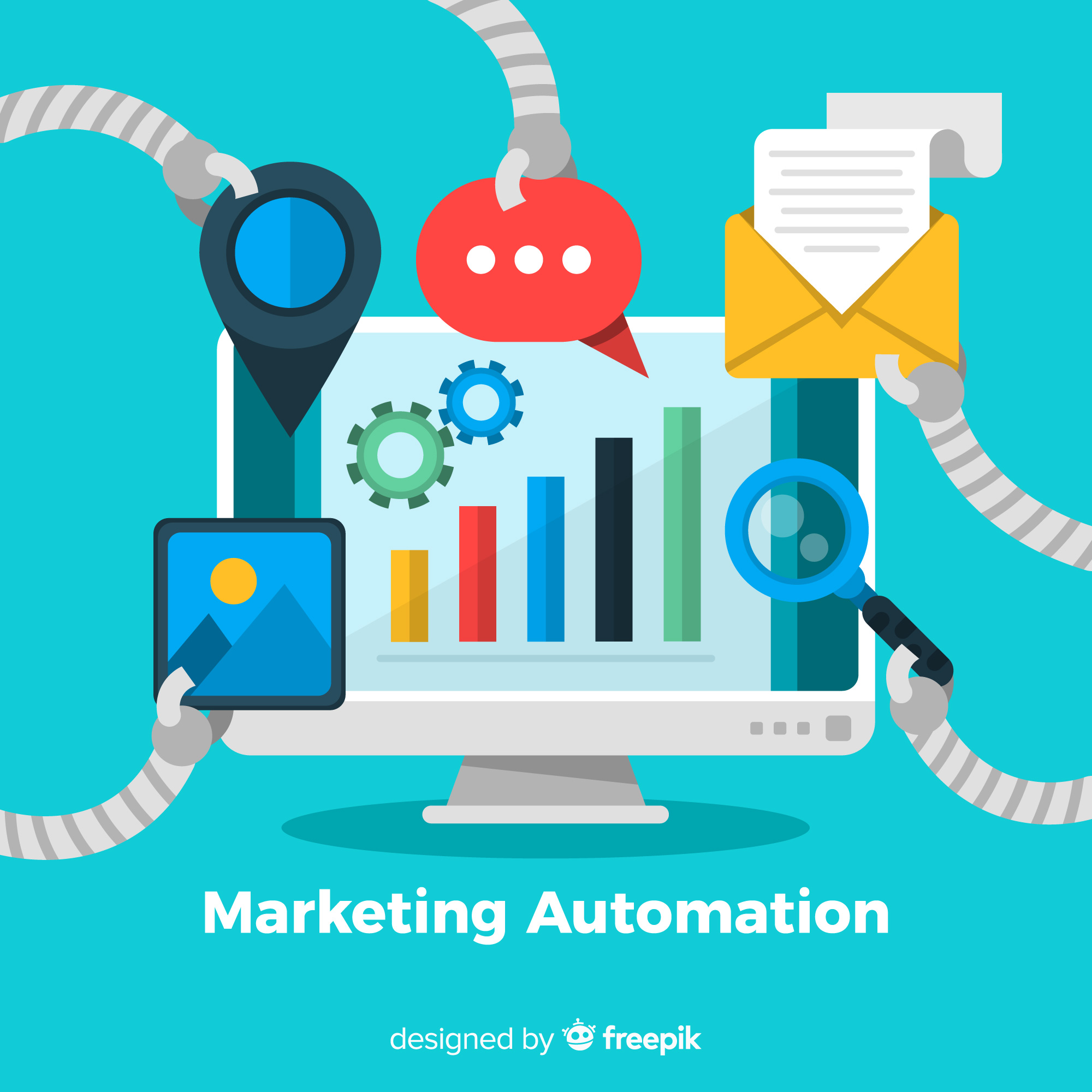Table of Contents
Efficiency and personalization in marketing now, more than ever, are a demand in the current digital competition landscape. At the heart of this transformation is marketing automation that brings a complete flip in the way brands communicate with leads and customers. This happens through repetitive tasks, data collection and analysis, and tailoring communication to drive leads more accurately and effectively, leading towards higher conversion rates as well as brand loyalty.
1. Enhanced personalization and targeting
One of the key advantages of marketing automation is that it allows for scalable personalization of messages. Rich data collection by automation tools—much of which comes directly from leading sources such as site interactions, email engagement, and social media offers detailed profiles of each lead. For businesses partnering with a digital marketing agency in Chennai, this data-driven approach allows brands to segment their audience and tailor messaging to meet unique needs and interests accordingly. For example, automation could send targeted messages or offers based on a specific product that a prospect frequently visited on a given page.

Moreover, automation enables brands to segment leads based on their position in the buyer’s journey. Awareness-stage leads would be served educational content, while leads closer to purchase would receive product-specific information, demos, or offers. This targeted method ensures each lead is served with the most relevant content at the right time, increasing the chances of conversion.
2. Lead Scoring and Qualification Simplified
The process in lead scoring assigns some numerical value to leads based on their behavior and engagement to identify high-quality prospects. Automation platforms track interactions like email clicks, downloads, and site visits to assign scores to each lead. Scoring helps the sales team prioritize outreach to the most qualified leads, saving time and bringing conversion closer.
Automated lead scoring allows marketing teams and sales teams to be in perfect alignment with passing over leads only when they are good enough to follow up on. It further helps to reduce departmental friction while optimizing the use of resources for the brands to focus further on qualified leads that have a potential for conversion.
3. Efficient Drip Campaigns and Lead Nurturing
Marketing automation makes campaign design and the process for drip campaigns smooth because they play a crucial role in lead nurturing over time. Drip campaigns send a series of prescheduled and automated communications containing relevant information for leads through various stages of their buyer’s journey. Such a campaign would keep the brand top-of-mind and educate the lead gradually, engaging the lead with the correct information at the right time.

With automation, brands can easily create drip campaigns that will react in real-time to the lead’s behavior. For instance, if a lead opens an email but does not click on it, another follow-up e-mail with a different message can be triggered. This adaptive characteristic of automated campaigns ensures that leads are kept interested and will go further in the funnel.
4. Data-Driven Insights and Continuous Optimization
Marketing automation tools support a rich analytics environment, which makes it possible for the brands to check up on how their messaging is doing and to course correct. That sort of open rates, click-through rates, and conversions, live inside the analytics environment, gives marketers cues about what works or does not work. Continuously optimizing messaging, content, and timing is possible as it is with every data analysis.
Plus, the automation platform allows A/B testing, so brands could test subject lines and messaging style or content format to hone their messaging. Such insights help marketers build even more effective campaigns over time by improving engagement and conversion.
5. Building Lasting Relationships and Increasing Retention
With marketing automation, it far precedes the achievement of lead conversion. In addition, post-purchase interaction plays a crucial role. Following the sale, this can help brands increase customer satisfaction, build loyalty, and encourage repeat business. Automated customer onboarding sequences, personalized thank-you messages, and re-engagement campaigns all help create a seamless customer experience and foster long-term relationships with the brand.

Marketing Automation Conclusion
Indeed, the rise of marketing automation has recast lead nurturing in the terms of positive interactions and efficient connection between brands and leads. Personalized targeting to adaptive drip campaigns, with lead scoring to providing analytical insight that assesses where customers are at any given point along the path: these are all where automation enhances contact and personalization with every step of a customer’s journey to conversion. The more tools such brands take on, the more marketing automation will shape the lead nurturing of the future-for both greater customer experience and business growth.
Editorial Staff at Djdesignerlab is a team of Guest Authors managed by Dibakar Jana.





